PAIN MANAGEMENT
TREATMENTS YOU CAN TRUST
Experience cutting-edge pain management at Healand with innovative treatments like Platelet-Rich Plasma (PRP), ozone therapy, and steroid injections, targeting the root cause of pain and enhancing your quality of life.

WHY PAIN MANAGEMENT?
Experience cutting-edge pain management with our advanced treatments, including Platelet-Rich Plasma (PRP), ozone therapy, and steroid injections. Our goal is to reduce or eliminate pain, improve functionality, and enhance overall well-being.
These treatments are administered by our expert consultant doctor in a CQC-regulated clinic.
PRP and ozone therapy are innovative approaches that provide effective relief for chronic pain, joint discomfort, and inflammation, helping you regain mobility and enhance your quality of life. These treatments, not available on the NHS, promote self-healing by targeting the root cause of pain rather than merely masking symptoms with painkillers.At Healand, our approach to pain management is twofold: we alleviate pain to provide immediate relief and address the underlying causes to prevent recurrence.
Regain mobility and improve your quality of life with our personalized care plans, designed to help you live pain-free and active.



TREATMENTS
HEALAND - ONE WHO HEALS OR SAVES; A SAVIOUR


At Healand, patient satisfaction is paramount, which is why we offer a no-obligation initial free consultation
This process, conducted in person, or on video, with one of our expert team members is designed to ensure you get the right treatment for you, and that any questions you may have are answered in full before the process begins.
Book a free consultation with us using the button below, or pop into the clinic for a chat during our opening hours.
BOOK A CONSULTATION
FAQs





TESTIMONIALS
WHY CHOOSE US
EXCELLENCE
In the heart of Leicester, a clinic renowned for its outstanding results and safety, guided by expert aestheticians.
INNOVATION
Our commitment to innovative beauty therapies ensures access to the latest and most effective aesthetic treatments.
PATIENT COMMITMENT
We tailor each treatment to your skin needs through a thorough consultation & address every concern.
NEWS








